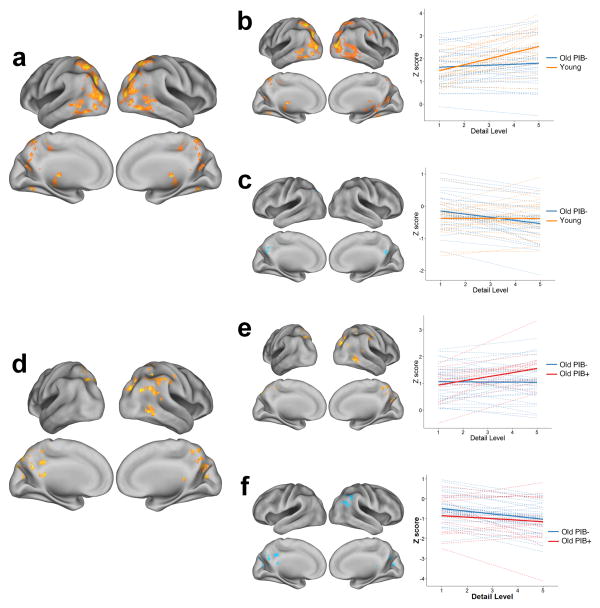Fig. 2. Age and Aβ effects on parametric encoding activity for details.
Linear contrasts of activity related to number of details correctly recalled were assessed for age and PIB effects. Only items correctly remembered on the gist task were included. To distinguish between relative increases and decreases from baseline activity, tests of age (panel a) and PIB (panel d) were masked by task positive and negative networks (defined by contrasting hits with baseline, averaged across all groups) shown in Fig. 1a. Plots displaying mean z-scores of significant clusters accompany masked results to better visualize underlying patterns of activity in the voxelwise analysis. Dashed lines represent subject-level linear regression lines and solid lines represent group estimates. a.) Greater linear increases in activity across detail level in young compared to old PIB– subjects (warm colors). b.) Task positive regions show differences due to greater linear increases in young than PIB– subjects (warm colors). c.) Task negative regions indicate greater linear decreases in PIB– subjects than young (cool colors). d.) Aβ effects revealed greater linear increases in old PIB+ compared to PIB– subjects (warm colors). e.) Task positive regions indicate greater detail-related activation in old PIB+ than PIB– subjects (warm colors). f.) Task negative regions show differences due to reduced detail-related deactivation in old PIB+ compared to PIB– subjects (cool colors). Results are thresholded at p<0.05, cluster corrected for multiple comparisons.

